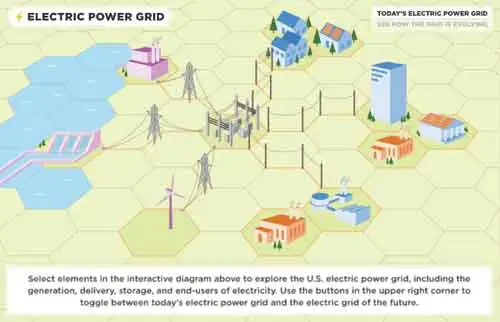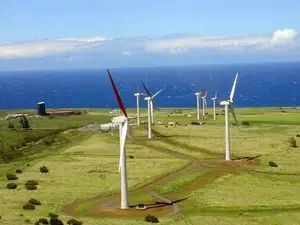What is Tidal Energy?
What is Tidal Energy? It is a renewable energy harnessed from the rise and fall of the ocean's tides. The ocean's vast power is one of the most promising resources, capable of generating electricity to meet the needs of communities worldwide. With the growing demand for clean, sustainable sources, tidal power has been thrust into the spotlight as an effective and environmentally friendly option.
As an ocean energy resource, tidal power is extracted from coastal tides' natural ebb and flow. The key difference between tidal energy and other renewable sources, such as wind energy and solar power, is the predictability and reliability of the high tide. In addition, the water in the ocean is about 800 times denser than air, making tidal energy a more concentrated and efficient energy source compared to wind turbines.
Two primary methods of capturing tidal energy are tidal barrage and tidal stream generators. A tidal barrage is a large-scale engineering project that involves constructing a dam across a tidal estuary or bay. Then, as the water level changes during the high and low tidal barrage, water flows through turbines, generating electricity. The most notable tidal barrage projects include La Rance in France and the Sihwa Lake Tidal Power Station in South Korea.
Tidal stream generators, on the other hand, use underwater turbines placed in tidal streams to capture the kinetic energy of the moving water. Like wind turbines, tidal turbines rotate as water flows over their blades, converting the kinetic energy into electricity. This technology is less intrusive to the environment and marine life than tidal barrage systems.
There are numerous advantages to utilizing it as a renewable source. First, tidal energy is predictable, making planning for power generation and grid integration easier. Additionally, tidal power is environmentally friendly, producing no greenhouse gas emissions or air pollution during operation. This makes it a desirable option for reducing dependence on fossil fuels and combating climate change.
However, it also has its disadvantages. The initial cost of constructing large scale tidal power plants, especially large-scale tidal barrage projects, can be quite high. Tidal energy generation is also limited to specific coastal locations with sufficient tidal range and appropriate topography. Furthermore, there are concerns about the potential impact on marine life and coastal ecosystems, though research is ongoing to develop more sustainable and less disruptive technologies.
Regarding efficiency, it is competitive with other renewable sources like wind and solar power. In addition, the energy density of water makes tidal power generation more efficient in terms of power output per unit of installed capacity. However, the technology's scalability and geographic limitations make it challenging to deploy tidal energy globally.
The environmental impact is generally considered to be low, with minimal greenhouse gas emissions, air pollution, or waste production. However, there can be localized effects on marine ecosystems and sediment transport, depending on the type and scale of the project. Therefore, it is crucial to perform thorough environmental assessments and monitoring to minimize the potential negative effects of tidal energy installations.
The best locations for generating tidal energy are areas with a high tidal range, strong tidal currents, and suitable coastal topography. Some of the world's most promising sites include the Bay of Fundy in Canada, the Bristol Channel in the United Kingdom, and the northwest coast of Australia. In addition, countries like France, South Korea, and the UK are already home to some of the largest tidal power stations and continue to invest in this renewable energy technology.
Tidal energy is a promising renewable resource with significant potential for clean, sustainable electricity generation. While there are challenges to overcome, such as high initial costs and site-specific limitations, ongoing research and technological advancements aim to make tidal energy a more accessible and environmentally friendly energy option for the future.










